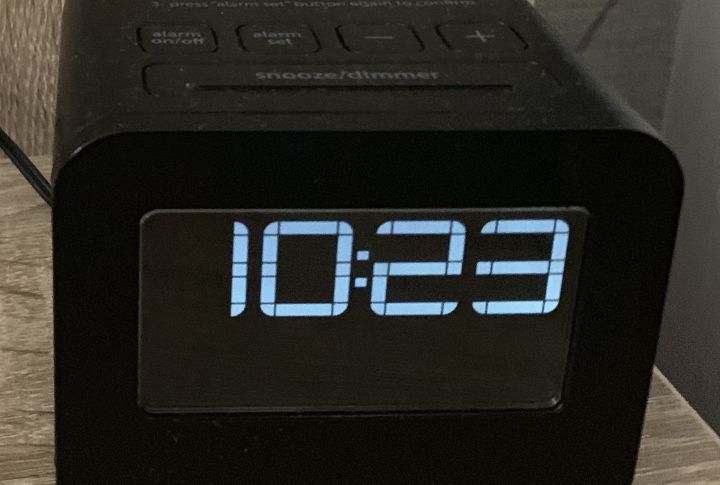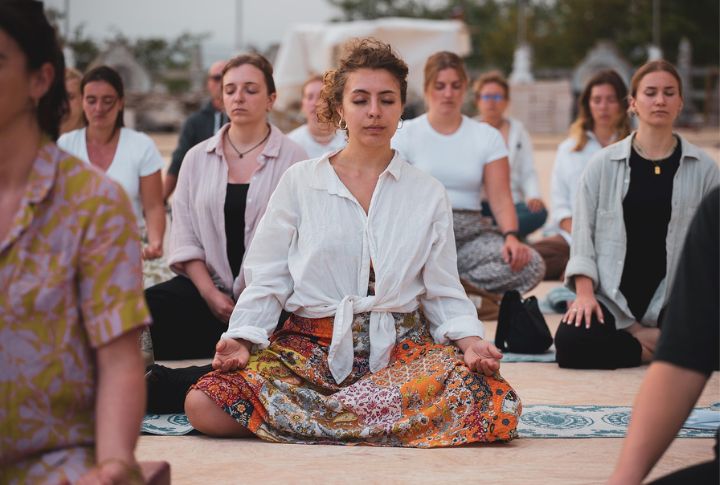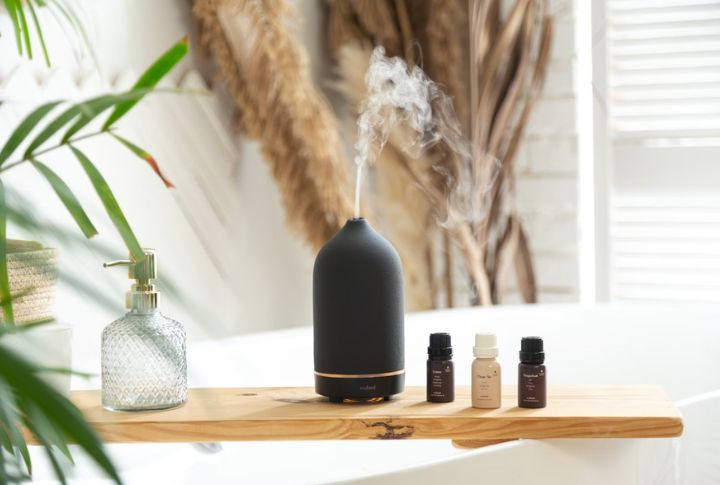
If your brain has thoughts bouncing everywhere when you meditate and an itch that suddenly appears the moment you try to focus, this is for you. Meditation might seem like it is about forcing stillness. But no. It is about learning how to embrace the chaos and ease into the calm at your own pace. Let us help you.
Start With Short Sessions

Set yourself up for success by beginning with just three to five minutes of meditation. Small steps build consistency, making it easier to extend sessions over time. Even a brief moment of stillness can create a ripple effect and improve focus and mental clarity throughout the day.
Find A Comfortable Position

Sitting cross-legged is not a requirement! Whether you prefer a chair, cushion, or lying down, comfort is key. A relaxed posture helps prevent tension from creeping in. Keeping the spine aligned yet at ease supports steady breathing and allows for deeper immersion into meditation without distractions.
Focus On Natural Breathing

Breathe as if you are sipping air gently through a straw. Paying attention to the breath anchors your mind, making it easier to stay present. If thoughts intrude, return to the rhythmic rise and fall of your chest. Let your breath be the steady drumbeat guiding you into relaxation.
Use Guided Meditations

Think of guided meditations as training wheels for the mind. They help direct focus through gentle instructions, easing anxiety about doing it ‘wrong.’ Many apps and videos provide structured sessions and offer everything from calming visualizations to breathing techniques suited for beginners.
Practice Mindfulness In Daily Activities

Who says meditation only happens sitting still? Everyday tasks like washing dishes or sipping tea can become mindful moments. By focusing on sensations and movements, you change routine actions into meditative experiences. This seamless approach trains your brain to stay present beyond formal sessions.
Meditate With A Pet

Their calming presence enhances relaxation. Meditating with a pet fosters tranquility and emotional connection. Their rhythmic breathing or gentle touch can anchor you in the present. And it’s that shared stillness that makes meditation feel more natural and deeply grounding.
Create A Consistent Routine

Meditating at the same time each day strengthens habit formation. Early mornings provide tranquility, but if evenings suit you better, embrace that. Consistency matters more than duration. Even five minutes daily builds discipline and nurtures a sense of inner calm over time.
Use A Focus Object

Fixing your gaze on a candle flame, a small stone, or even a flower petal steadies the mind. Known as ‘trataka’ in yogic traditions, this practice improves concentration while calming restless thoughts. If closing your eyes feels difficult, a visual anchor helps ease you into stillness.
Practice Body Scan Techniques

A quick mental sweep of the body detects hidden tension. Starting at the feet and moving upward, notice sensations without judgment. Imagine warmth spreading through each area as muscles soften. This method cultivates awareness and relaxation, which makes it especially useful before sleep or after stressful moments.
Incorporate Movement Meditation

Sitting still isn’t for everyone. Walking meditation turns every step into a mindful journey. Feeling the ground beneath your feet and noticing your surroundings without rushing changes a simple stroll into a grounding, meditative experience. The technique blends mindfulness with motion effortlessly.
Use Hand Mudras

Hand mudras, or symbolic gestures, enhance focus and energy flow during meditation. Simple gestures like Gyan Mudra (thumb and index finger touching) promote clarity, while Anjali Mudra (palms together) cultivates inner balance. Experiment with different mudras to deepen concentration and amplify your meditation practice.
Set A Gentle Timer

Ending peacefully leaves a lasting sense of serenity. Jolting alarms can disrupt relaxation. Instead, opt for a soft chime or singing bowl sound to signal the end of your session. Knowing a timer is set allows full immersion in the practice without worrying about time.
Join A Meditation Group

Shared practice fosters accountability and motivation. It could be online or in person; group meditation offers encouragement and guidance from seasoned practitioners. Feeling part of a community strengthens commitment, and collective energy enhances the experience and makes it easier to stay consistent in your journey.
Explore Different Techniques

Meditation is not one-size-fits-all. Some thrive with visualization, others with breathwork, mantras, or loving-kindness meditation. Experiment with different styles to see what resonates most. Flexibility keeps the practice engaging and ensures you find a method that aligns with your personal comfort and needs.
Try A Gratitude-Focused Meditation

Focusing on gratitude during meditation shifts your mindset toward positivity. Take a few moments to reflect on things you appreciate, big or small. Expressing gratitude can boost mood, increase mindfulness, and create a sense of fulfillment by making meditation a more uplifting experience.
Use Aromatherapy

Scent can set the tone for relaxation. Lavender and frankincense promote a calming atmosphere. Diffusing essential oils or lighting incense during meditation creates a multisensory experience that engages both body and mind. A familiar scent can also become a trigger for settling into practice faster.
Keep Eyes Gently Closed Or Softly Focused

Keeping eyelids lightly shut or half-open reduces strain and signals to the brain that it’s time to slow down and enter a meditative state. Closing your eyes removes visual distractions, but if that feels uncomfortable, a soft gaze at a single point works, too.
Reflect After Each Session

Pausing for a moment after meditating deepens awareness. Noticing how you feel physically and mentally creates a connection between practice and daily life. Over time, this reflection helps track subtle changes in mood and reinforces the benefits of consistency.
Experiment With Cold Or Warm Therapy

Temperature can influence relaxation and focus. Before meditating, experiment with cold or warm therapy to see what suits you best. A cool splash of water on your face can invigorate and sharpen awareness. And we know that a warm bath can ease tension effortlessly.
Let Go Of Perfection

Waiting for the ‘right’ time or setting can delay progress. Meditation is not about emptying the mind but gently redirecting focus when distractions arise. Instead of resisting wandering thoughts, acknowledge them and let them drift away like leaves floating down a stream. Progress comes with practice.

